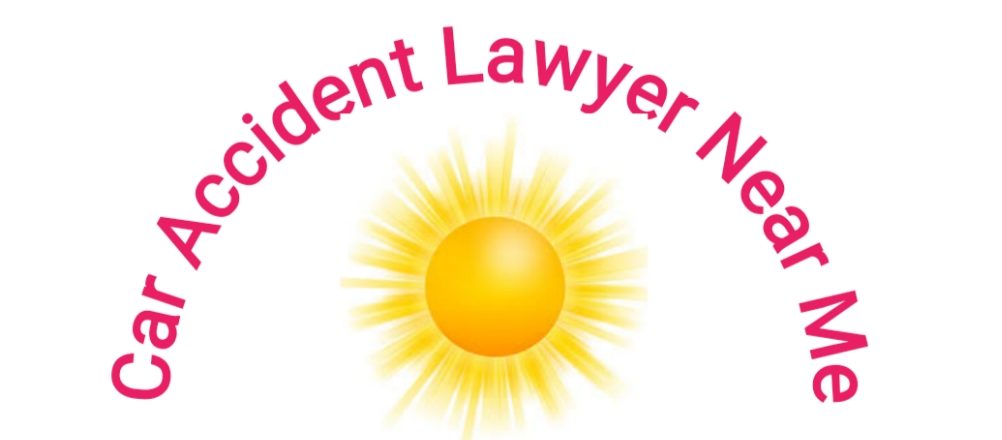Personal injury lawyer near me
| personal injury lawyer near me | |
|---|---|

| |
| URL | carlawyernearme.com |
| Type of site | Private |
| Owner | Nur Sk |
| Created by | Nur Sk |
Contents
Overview
A personal injury lawyer near me specializes in providing legal representation to individuals who have suffered harm due to another party's negligence. They handle traffic accidents, slip and fall incidents, medical malpractice, and more. Personal Injury Lawyers investigate, negotiate and litigate to help their clients seek compensation for medical expenses, lost wages, and pain and suffering. Their expertise is crucial in pursuing justice for those affected by personal injuries.[2]
Car accident lawyer near me
Car accident lawyer near me also known as a personal injury attorney or plaintiff's attorney, is a legal professional who specializes in representing individuals who have suffered physical or psychological injuries due to the negligence, recklessness, or intentional actions of others.
Charges
Lawyer fees can be based on contingency fees, hourly rates, or flat fees. In many countries, personal injury lawyers work on an if-come-fee basis, receiving a percentage of a client's recovery. The cost may vary depending on the case's settlement before, after, or after trial.[3] Due to litigation costs, personal injury lawyers are rarely paid hourly, but defense attorneys are often paid on an hourly basis.
Education
To become a personal injury lawyer, individuals typically follow these steps:[4]
- Obtain a Bachelor's degree.
- Complete law school and earn a Juris Doctor (J.D.) degree.
- Pass the bar exam in the jurisdiction where they intend to practice.
- Gain practical experience through internships or associate positions at law firms.
Responsibility
Personal injury lawyers perform various duties to represent their clients effectively, which may include:[5]
- Negotiation: Engaging with insurance companies and responsible parties to secure settlements.
- Legal Research: Staying up-to-date with changing laws and precedents related to personal injury cases.
- Advising Clients: Educating clients on their legal rights and options and helping them make informed decisions.
- Investigation: Gathering evidence, interviewing witnesses, and reviewing medical records to build a strong case.
- Litigation: Filing lawsuits, representing clients in court, and presenting arguments to a judge or jury when a fair settlement cannot be reached.
- Damages Assessment: Calculating the extent of the client's losses, including medical expenses, lost wages, pain and suffering, and future damages.
Communication
A personal injury attorney will usually conduct an interview with a potential client before taking on a new case. During this process, the attorney will assess the client's case to ascertain the essential facts and any potential legal claims, as well as to identify potential defendants and gauge their strengths. Suppose an attorney feels that the case will not succeed in court and the anticipated expense of the litigation will be greater than the amount that can be justly collected from the defendants as compensation for the client's injury. In that case, the attorney may reject to take the case.[6]